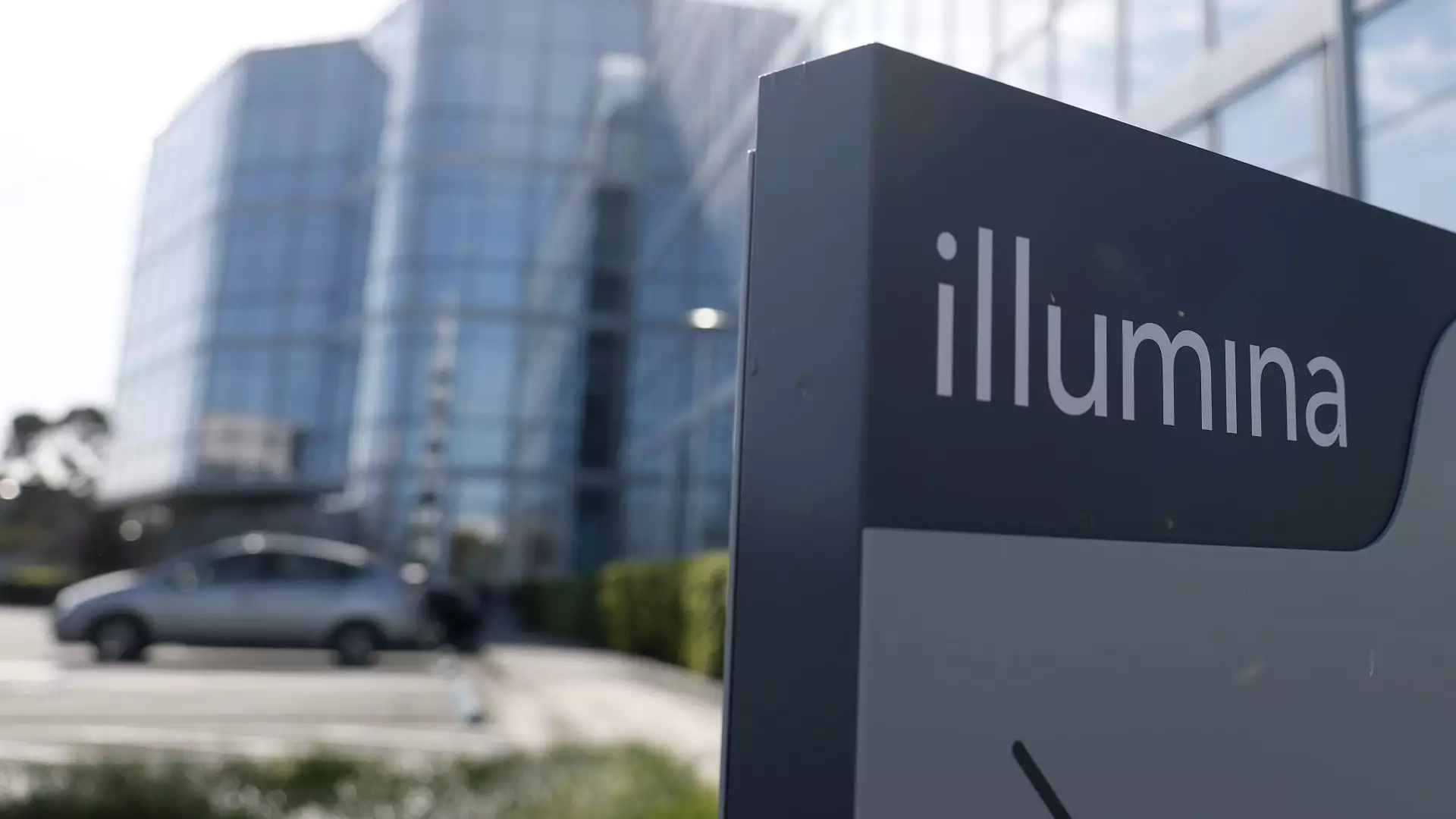Once hailed as a beacon of innovation in the biotech industry, Illumina has plummeted from the zenith of its success. At its peak, the company was revered for its groundbreaking DNA sequencing technology which surged in demand during the COVID-19 pandemic. Revenues soared to nearly $4.5 billion, effectively catapulting Illumina into the limelight and pushing its stock price to a dizzying high of $511 per share. However, today, as it stands holding a market value of just $12.67 billion, Illumina’s journey has metamorphosed into a glaring lesson in hubris and mismanagement.
How did a company that once controlled over 80% of the gene-sequencing market allow itself to spiral so dramatically? The trajectory from triumph to turmoil can best be attributed to a series of strategic blunders compounded by an unwillingness to adapt to a post-pandemic landscape. Illumina’s ambitions, particularly regarding its Grail business, illustrate this point perfectly.
The Grail Fiasco: Misguided Ambitions
Illumina’s initial decision to spin off Grail—a company focused on early cancer detection—and subsequently reacquire it for $8 billion showcases the pitfalls of aggressive corporate maneuvering. It’s almost as if the ambition to be at the forefront of innovative technology blinded the leadership to the realities of market risks, regulatory hurdles, and the convoluted dynamics of mergers and acquisitions. When the Federal Trade Commission and the European Union raised red flags about the acquisition, the damage was already done. Illumina’s decision to push forward despite these warnings not only resulted in substantial fines but also left the company floundering without its once-cherished Grail within regulatory chains.
This costly misjudgment betrayed a fatal undercurrent of arrogance. Instead of recognizing the signs of overreach, Illumina continued to double down, creating a corporate environment where risk was not measured against tangible outcomes but rather perceived opportunities. The eventual re-spinning of Grail—a full circle back to square one—serves as a tragic reminder that the promise of pharmaceutical innovation can’t supersede the necessity of regulatory integrity.
Political Challenges and Geopolitical Headwinds
As if the internal struggles weren’t enough, Illumina found itself engulfed by external pressures that further stifled its potential. Geopolitical tensions, particularly concerning operations in Russia and China, added another layer of complexity to an already beleaguered company. The unfavorable political climate has likely affected not just sales but overall investor sentiment. The uncertainty surrounding U.S. biomedical funding, reliant on the ever-volatile National Institutes of Health, has left many within the sector anxious about the future of bio-funding.
In an environment where biotech startups thrive on government grants and support, Illumina’s inability to navigate this landscape effectively casts a shadow over its long-term sustainability. The nadir points to a broader issue within the industry: the need for a balanced approach to innovation that accounts for not just regulatory approval but market acceptance and socio-political realities.
The Dawn of New Leadership
In the wake of this tumultuous phase, Illumina has made a strategic choice to revamp its leadership structure, bringing in Keith Meister of Corvex Management—a seasoned figure known for adding value to companies in distress. This is a pivotal juncture for Illumina, offering a glimmer of hope amid its struggles. With new leadership often comes renewed vision, a potential rebound from the missteps that nearly derailed the company.
However, investing in a biotech firm amidst such an upheaval demands prudence. While there’s comfort in the notion that Meister is a long-term investor anticipated to navigate the challenges of transitioning to the NovaSeq X technology—a product that could redefine sequencing—it raises a critical question: Will this technology revitalize Illumina, or is it merely a temporary reprieve from its self-inflicted challenges?
There’s a deep-seated irony in Illumina’s situation—once revered as an icon of stability and innovation, it now embodies the volatility often associated with the biotech sector. It appears that the company’s leadership underestimated the profound impact of its decisions and the external market forces at play.
While there may be a path forward for Illumina, it is fraught with challenges that require not only astute strategic oversight but also a fundamental shift in corporate culture, emphasizing caution and adaptability over ambition and rapid expansion. The $12.67 billion question remains: Can Illumina transform its narrative from cautionary tale to comeback story? Only time will tell.

